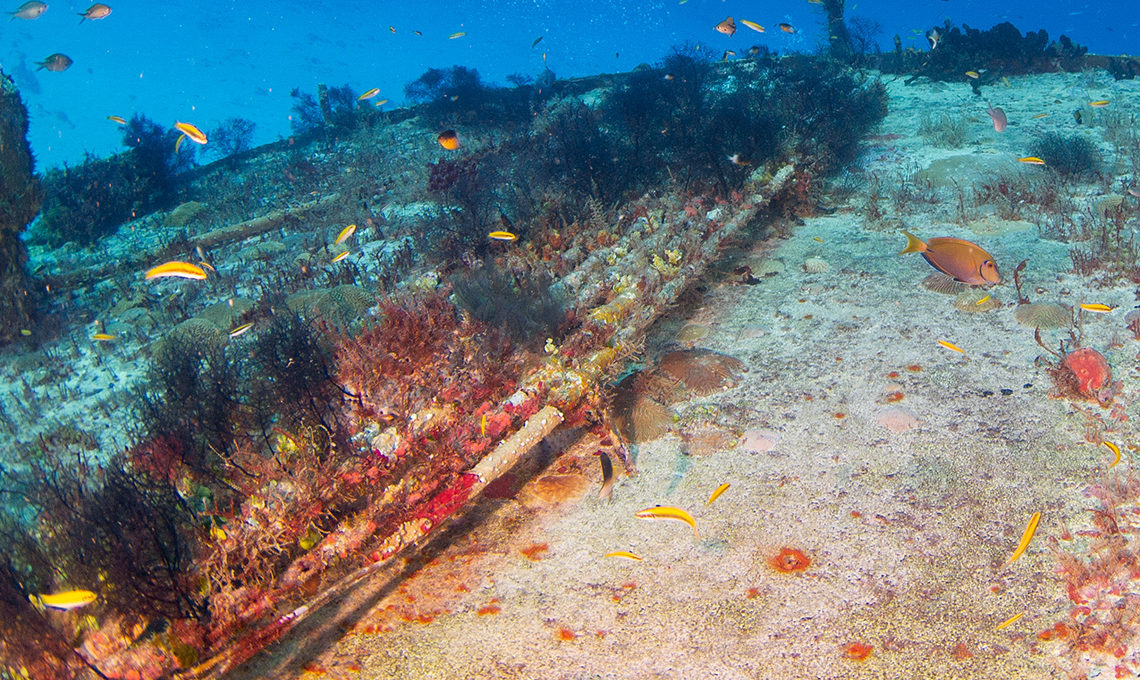
Fibre optic subsea cables assist in earthquake detection
Despite vast scientific efforts over many decades, prediction of earthquakes remains highly challenging. Now, a collaboration between universities and other institutions in Spain have adopted a new tool for monitoring seismic activity. Fibre optic cables installed on the seabed for communications purposes are not only able to transmit large amounts of data, but can actually at the same time serve as seismic networks for earthquake detection.
Researchers from the Institut de Ciènces del Mar (ICM) in Barcelona, from the Optics Institute (IO-CSIC), from the Alcalá University (UAH) and the Spanish national research and education network RedIRIS have demonstrated the feasibility of the method for submarine communication cables that connect the islands of Tenerife and Gran Canaria. The area has a high level of seismic activity.
Thousands of sensors
The method takes advantage of the fact that even the best fibre optic cables will have tiny internal fibre flaws. These imperfections become reference points. At the end of the cable, researchers install a device which sends laser pulses through the optical fibre. External disturbances, such as ground vibrations, will modify the properties of the backscattered light. In this way, a single cable connected to a monitoring device can be turned into a network of thousands of sensors – since each microscopic fibre flaw will serve as a sensor. Importantly, the method does not cause any disturbance to the normal functioning of the fibre optic communication cables.
“Despite the increase in the number of seismic stations in the Canary Islands in recent years, these are located on land, so the underwater areas are not well monitored. The availability of seismic data in this area will make it possible to characterise, with higher resolution, the seismically active structures between Tenerife and Gran Canaria,” says Arantza Ugalde, from the Barcelona Centre for Subsurface Imaging, ICM.
Revolutionise seismic data collection
The method may allow studying other types of signals commonly recorded by marine seismic networks, possibly caused by processes related to gases or deep ocean currents. Finally, fibre optic cabling will be used to analyse non-seismic signals such as those emitted by some marine animals.
“The distributed acoustic sensing technology that we have developed makes it possible to easily transform a fibre optic cable into a matrix of highly sensitive deformation seismometers. This technology will revolutionise data collection in seismology, particularly in the submarine field, where the installation of seismic sensors implies a great technical and economic challenge,” says Miguel Gonzáles Herráez, from the UAH.
From RedIRIS, Esther Robles explains that “facilitating underwater fibre optics for this seismic activity measurement experiment has made us go one step further in line with our vocation, which is to enhance and facilitate the work of researchers with unique network solutions.”
For more information please contact our contributor(s):

